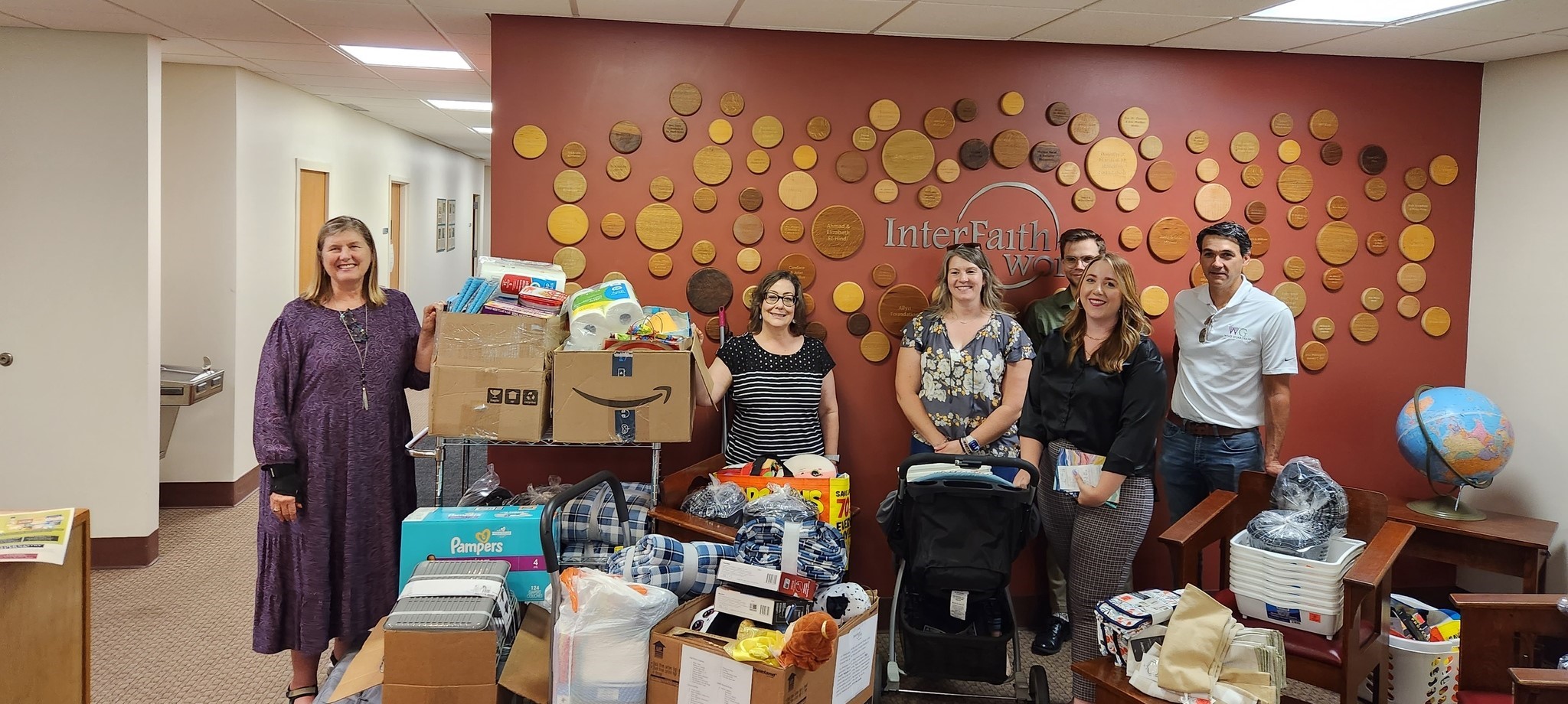Housing evictions are not just products, but catalysts of poverty, according to the Community Benchmarks report, “Final Notice: An Analysis of Evictions and Housing Instability in Syracuse, New York.” The city of Syracuse faces high rates of evictions. Estimates from demographically similar cities, court data, and the Onondaga Volunteer Lawyers Project (OnVLP) find that approximately 13,000-15,000 people, including many children, face eviction each year in Syracuse. This highlights the importance of an intersectional approach to understanding the gravity of the consequences evictions can have on citizens, especially children.
The report, produced by students of the Maxwell School of Citizenship and Public Affairs in partnership with OnVLP and the Syracuse Department of Neighborhood and Business Development, focuses on target census tracts in the City of Syracuse facing high levels of poverty, including the Near Westside, Southwest, Brighton, Near Eastside, Near Northeast and Washington Square neighborhoods. OnVLP eviction cases are concentrated in census tracts with high poverty rates in the city. Almost 67 percent of the population in census tract 42 (Southwest) and 64 percent in tract 32 (Near Westside) are below the federal poverty threshold.
There are more renters than homeowners in Syracuse. Over 61 percent of Syracuse residents are renters. Over half of renters in Syracuse spend at least 50 percent of their monthly income on rent, qualifying them as extremely cost-burdened. OnVLP eviction cases occur most often in highly segregated census tracts where the predominant race is black. Lastly, there is a significant correlation between educational attainment and eviction rates. In the targeted census tracts, the English Language Arts third grade pass rates are between six and 13 percent.
Various policy recommendations were made by the Maxwell students to help alleviate the number of evictions and their subsequent effects. First, they recommend establishing the Bridge Subsidy Demonstration Program; the program covers a percentage of rent so that a qualifying family isn’t extremely cost-burdened. Second, they recommend starting a Tenant Landlord Connection that would help improve the tenant-landlord relationship, leading to fewer evictions.
The Maxwell students also recommend local improvements to the McKinney-Vento Education for Homeless Children and Youth Program, which provides assistance to homeless students in public education to limit the effects of evictions and housing instability on their educational outcomes. Lastly, they suggest using behavioral science to improve tenant-landlord correspondence and eviction notices. For example, text messaging reminders of bills is a more effective and less intrusive way to reach tenants. Also, small changes to make the appearance of mailed letters demanding late payments or court appearance notices seem more urgent could lower the rate of evictions as tenants would be more likely to comply.



